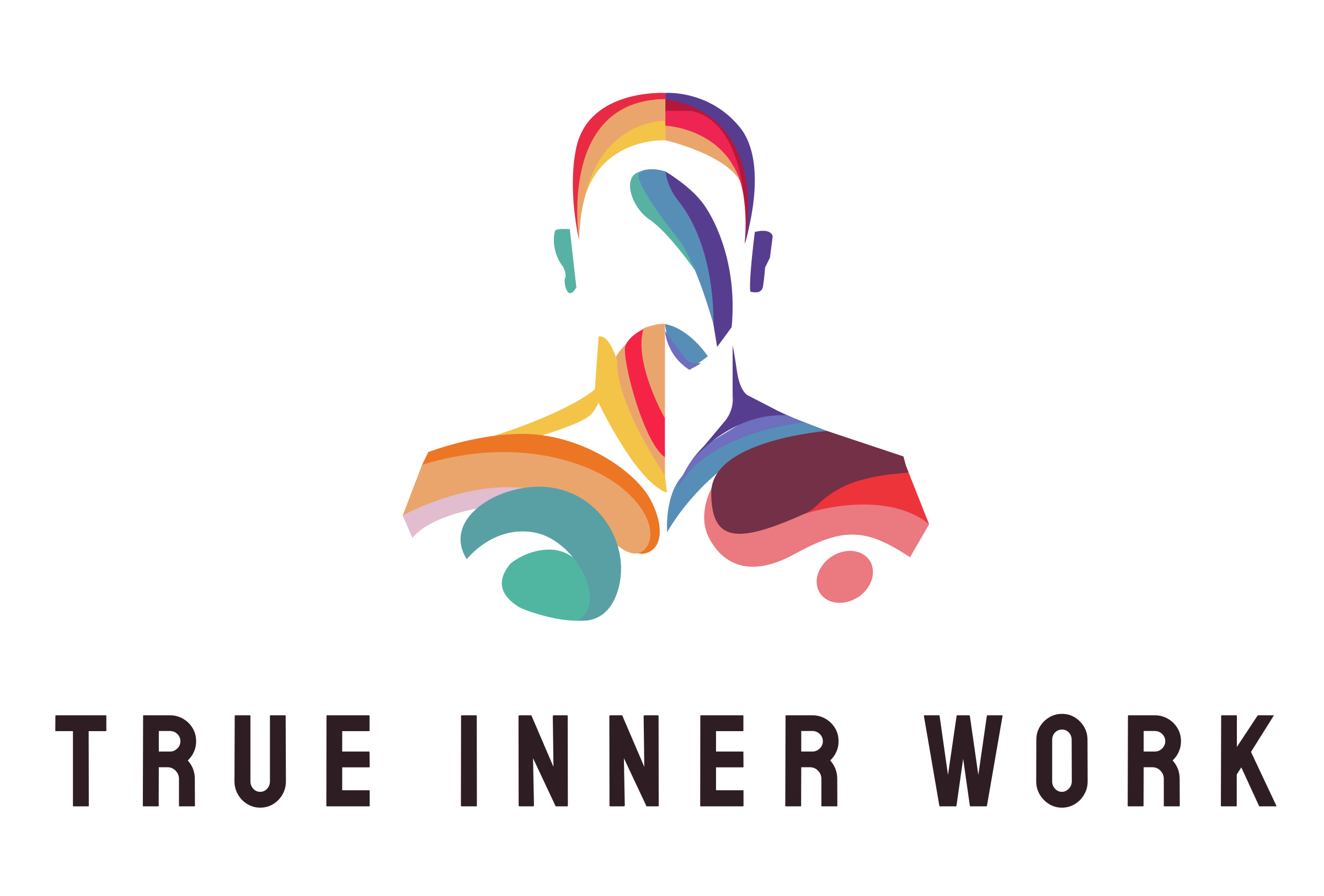Die kognitive Verhaltenstherapie (KVT) ist mittlerweile der am besten erforschte und am meisten vertretene Ansatz westlicher Psychotherapeuten.
Was ist KVT?
KVT kombiniert zwei Traditionen von Therapieansätzen.
Kognitive Therapien, die sich auf die Gedanken, Bilder und Bedeutungen konzentrieren, die Menschen erschaffen und wahrnehmen.
Verhaltenstherapien, die sich auf die Handlungen und das beobachtbare Verhalten von Menschen konzentrieren.
Gemeinsam haben sie das Ziel, Emotionen zu beeinflussen, indem sie Gedanken und Verhaltensweisen überprüfen und korrigieren, um sie realistischer oder hilfreicher zu gestalten. Damit dies funktioniert, geht KVT davon aus, dass unsere Gedanken, Gefühle, unser Verhalten und unser Körper ein interaktives System bilden. Wenn sich ein Teil davon verändert (z. B. die Gedanken), führt dies zu einer Veränderung in anderen Teilen (z. B. Verhalten, Körper und Emotionen).
Dieses interaktive System lässt sich in einem Diagramm veranschaulichen.

Um dieses Ziel von Veränderung zu erreichen, nutzt die KVT verschiedene kognitive und verhaltensbezogene Interventionen. Der Klient und der Therapeut arbeiten aktiv zusammen, aber es ist der Klient, der die Fähigkeiten erlernt, indem er sie im Alltag regelmäßig praktiziert.
Es ist wichtig zu erwähnen, dass ich keine reguläre KVT anbiete, da dies zunächst ein Therapie-, und kein Beratungsansatz ist. Dennoch helfen uns die Weisheiten dieses Ansatzes über wirksame Veränderungen im Leben auch im Beratungskontext. Mit der Zeit haben sich zudem weitere Unterarten von KVT gebildet, so wie Mindfulnessbased-Cognitive Therapy (MBCT), oder Positive Kognitive Verhaltenstherapie (PKVT).
Was ist Positive Kognitive Verhaltenstherapie und wofür ist das gut?
Bislang hat sich die KVT hauptsächlich darauf konzentriert, was dysfunktional oder pathologisch ist und verbessert werden soll. Die positive KVT ergänzt dies jedoch um den fehlenden Teil: Was ist bereits förderlich und wie können wir mehr davon erreichen und nutzen? Positive Psychologie bedeutet nicht die Dinge schön zu reden, sondern den Fokus auf das zu lenken, was ich bereits gut kann, um damit weitere Lösungen zu finden und letztlich Wohlbefinden zu erreichen. Anstatt nur auf das zu schauen, was wir nicht wollen, sollten wir auch darauf achten, was wir tatsächlich anstreben. Wenn wir uns darauf fokussieren unsere Schwächen auszubügeln, dann sind wir am Ende nicht wirklich glücklich und haben eine Menge Energie dafür verbraucht. Wenn wir jedoch unsere inneren Ressourcen und Stärken weiter Fördern, dann geschieht dies meist mühelos, macht Spaß, und bringt wirksames positives Erleben, wie Flow, gesteigerter Selbstwert und Selbstbestimmtheit mit sich. Das wiederum zieht neue Möglichkeiten im Leben an, welche unsere Stärken und unser Erleben weiter fördern. Eine positive Aufwärtsspirale entsteht. Letztendlich soll unser Garten nicht nur „unkrautfrei” sein, sondern auch schöne Blumen und Bäume haben, die wiederum Schmetterlinge und Bienen anziehen.
Zusammenfassung
Die KVT ist ein wirkungsvoller, evidenzbasierter und häufig praktizierter Psychotherapieansatz, der in den letzten Jahrzehnten große Popularität erlangt hat. Sie geht davon aus, dass sich unsere Emotionen ändern lassen, indem wir unsere Gedanken und Verhaltensweisen ändern. Seit ihrer Entstehung wurden viele Unterformen der KVT entwickelt, darunter die positive KVT. Sie ergänzt den Blick auf Menschen um die positive Dimension, schaut auf das was gut läuft, und wie wir unsere Stärken weiterentwickeln. Positive Psychologie komplementiert die Systemische Beratung auf wundervolle Art und Weise und legt dabei den Fokus auf positives und wertschätzendes Erleben.


